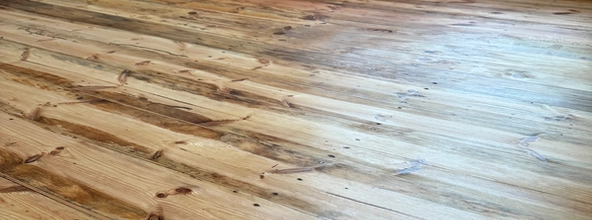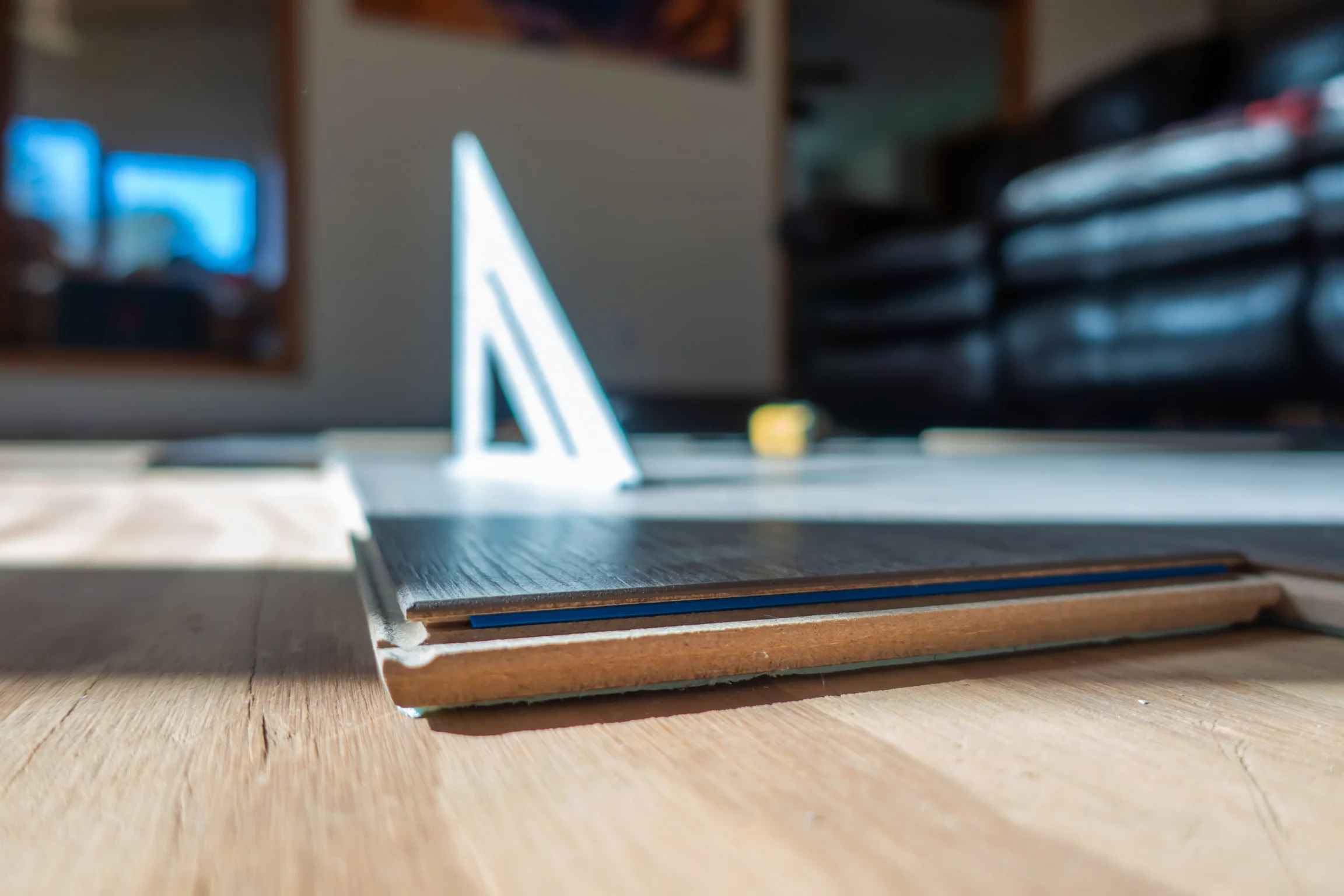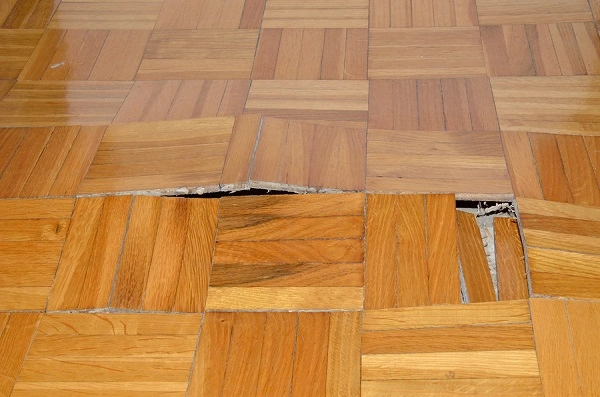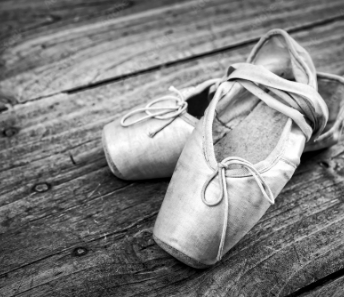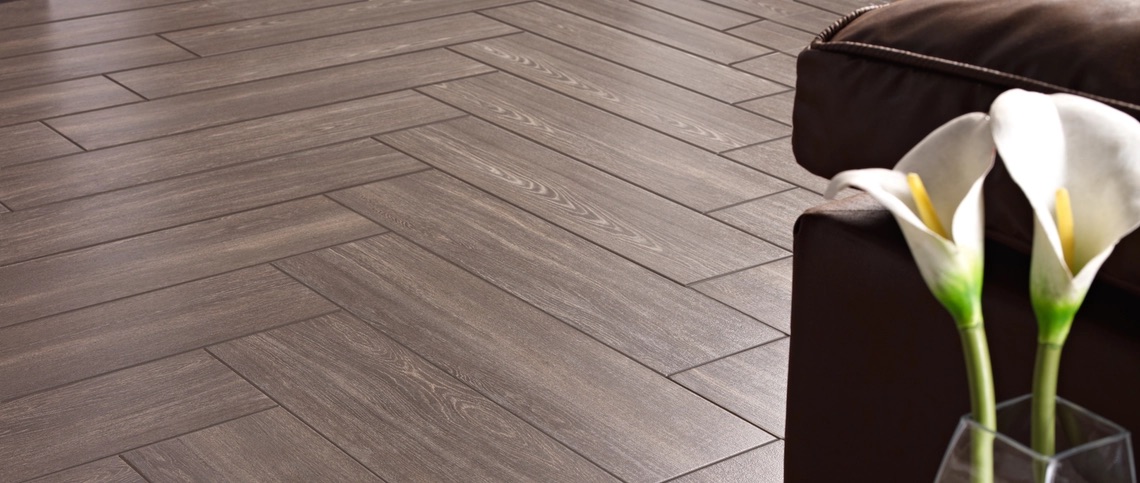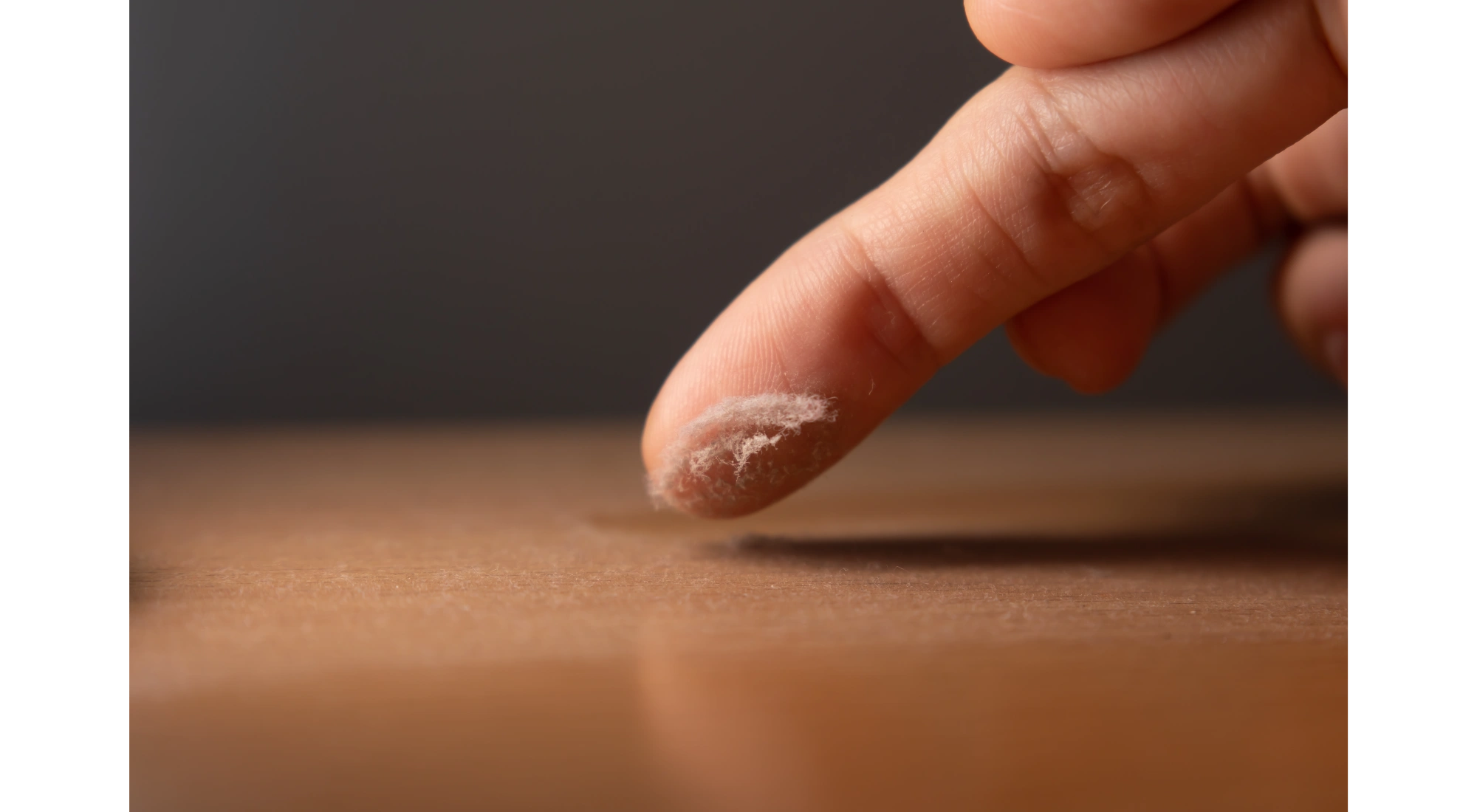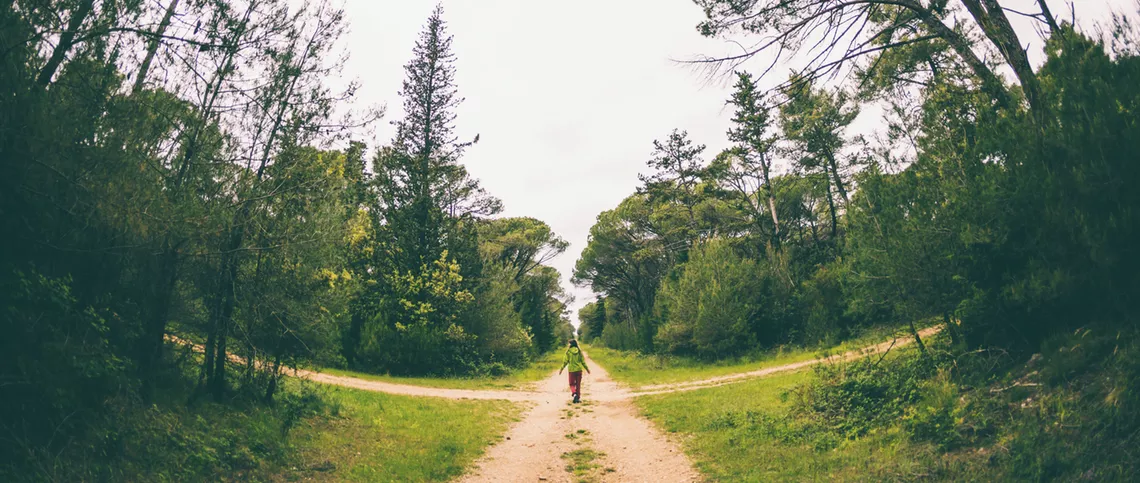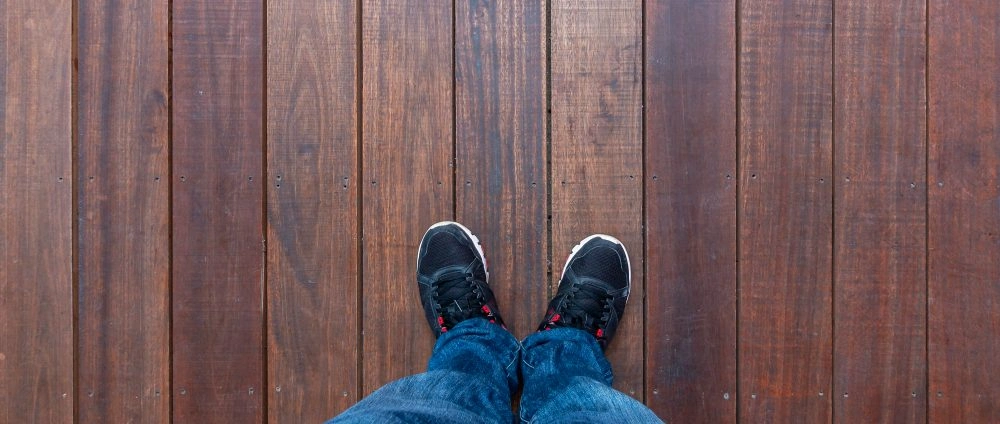19 Apr 2024
Wood Floor Sanding Challenges
Common Wood Floor Sanding Challenges: What to Expect During Restoration
Restoring wood floors is as much about maintaining their integrity as it is about improving their appearance. However, several challenges can arise during the process that are beyond even the most skilled professionals’ control. Homeowners should be aware of these potential issues before beginning a restoration project.
Stains and Contamination
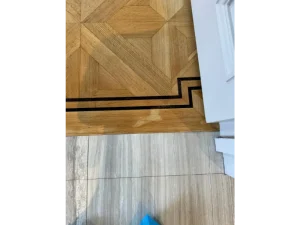
Stains that penetrate deeply into wood floors pose significant restoration challenges. While superficial stains can often be sanded away, deeply embedded ones might not be completely removable without risking damage to the wood veneer, leading to an uneven or shallow surface. Moreover, unexpected stains may emerge after applying the first coat of finish, potentially caused by residues from previous incidents like primer or other chemicals. These can initially appear lighter and may fade as the finish fully sets.
Urine Damage
For pet owners, urine stains present a unique problem. While a one-time accident might be effectively cleaned, repeated incidents can saturate the wood, embedding the odour and causing deep contamination that is often irreversible.
Risks of Sanding Through Wood Veneer
Engineered wood floors have a thin layer of wood veneer that varies in thickness and can pose significant challenges during restoration. If a floor has been sanded before, it can be difficult to assess how much veneer remains, increasing the risk of sanding through it and creating an uneven appearance. We always aim to remove the minimum amount of wood necessary to achieve a smooth surface, being cautious not to compromise the veneer.
Paint Touch-Ups to Skirting Boards
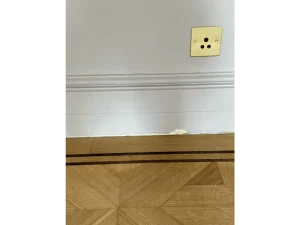
Achieving a completely restored look often involves sanding close to the room’s edges, which can damage skirting boards. These areas may require subsequent paint touch-ups, especially if there’s a silicone sealant between the skirting boards and the floor, as adjustments are likely needed post-sanding to maintain a clean appearance.
Woodworm Damage in Old Pine Floors
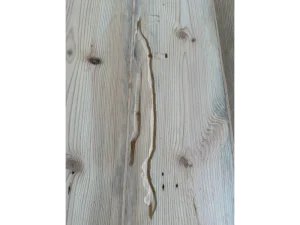
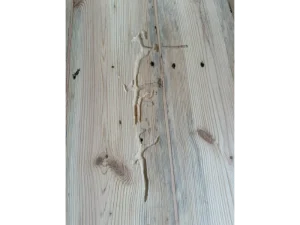
The sanding process can reveal woodworm damage in old pine floors, which is impossible to predict until the floor is sanded. If extensive damage is uncovered, affected planks may need to be replaced, adding to the project’s scope and cost. For less severe cases, filling the damaged areas with wood filler can help stabilize and smooth the surface, although some clients prefer to leave minor damage visible to contribute to the floor’s rustic charm.
Green or Patchy Wet-Looking Floorboards

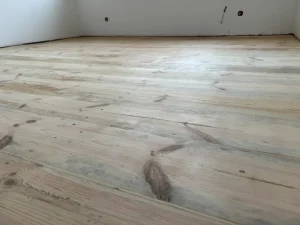

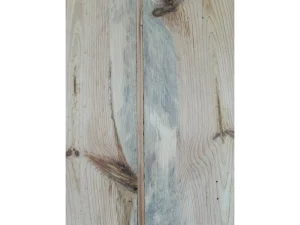
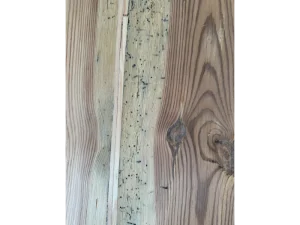
Restoring century-old floorboards can reveal unexpected patchy or greenish appearances after sanding or finishing. These historic floors come with inherent imperfections that are part of their charm. Achieving the look of a brand-new floor isn’t always possible, and rearranging planks to hide discoloured areas is a delicate process that can damage the boards and is not always feasible due to tight professional schedules.
Post-Restoration Board Breakage
Despite careful restoration, boards may crack afterwards due to insufficient underlying support, an issue not always visible during initial efforts. These breaks can be challenging to repair, involving intricate processes that extend the project duration.
Understanding the Odd Wavy Floorboard
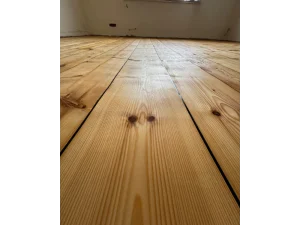
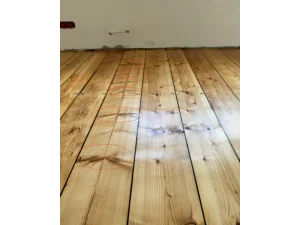
When restoring pine floorboards, differentiating between regular planks and those with knotted patterns that can appear wavy after sanding is crucial. Photo 1 in our gallery highlights these differences, showing how knots contribute to the floor’s unique texture and character.
Floor Delamination Explained:
Delamination can occur due to manufacturing defects or water damage, often becoming apparent only during sanding. This underscores the challenges of restoring a floor to its optimal condition.
Crowning and Bowing in Restored Floors:
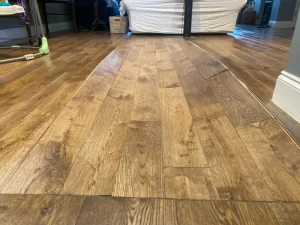
Issues like moisture from a damp basement seeping through the subfloor can cause floorboards to bow or crown, especially if no moisture barrier is installed. Minor moisture issues may resolve as the boards dry, but severe cases can cause irreversible damage.
Soil and Bitumen Challenges in Floor Gaps:
When filling gaps in old floors, bitumen used as an adhesive can rise to the surface over time, interacting with moisture in the filler. This, along with significant amounts of soil in the gaps, highlights the complexities of dealing with legacy materials during restoration.
Conclusion:
While wood floor restoration can greatly enhance your home’s beauty, it comes with challenges that require understanding and preparation. Knowing these issues helps ensure a smoother process and sets realistic expectations. Remember, some imperfections add unique character to your floors, reflecting their history and natural beauty.
